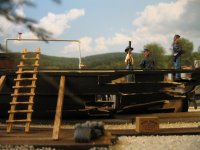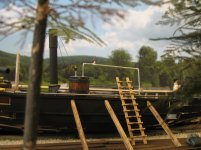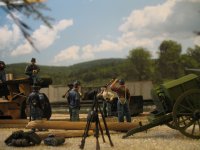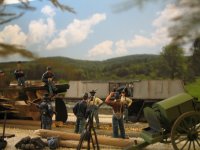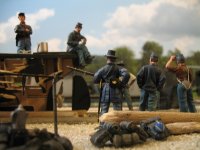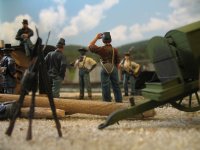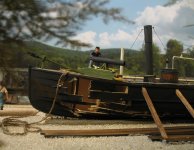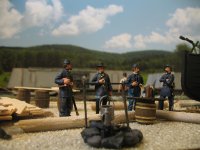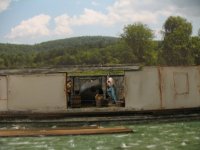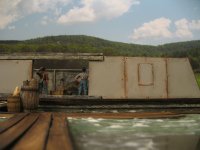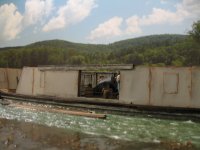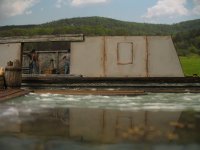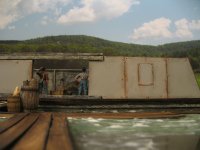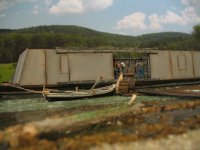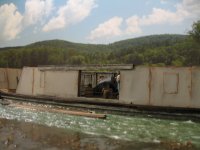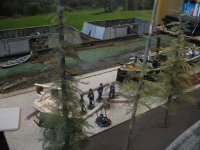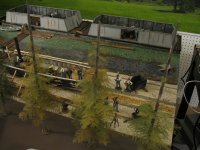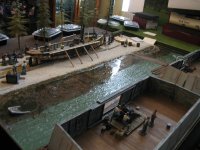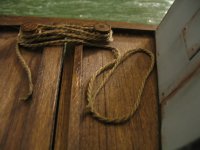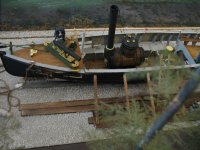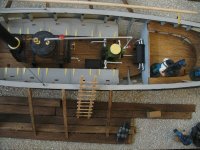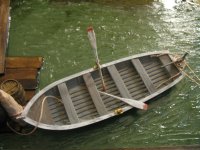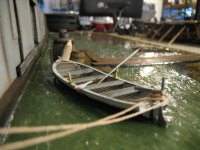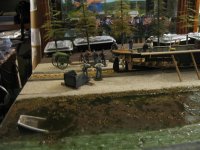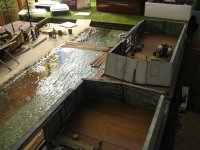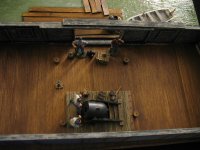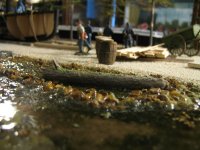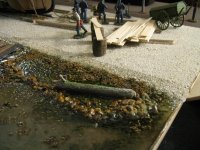7th OVI
Corporal
- Joined
- Jan 1, 2009
- Messages
- 598
This will be an ongoing thread of scenarios to tell the story of soldiers from the western states and territories of the United States during the American Revolution and the American Civil War. A special thanks to Ken Olsen and William Britain sculptors for creating the players, both principals and back ground artists, used in these scenarios.
Scenario One, it is the summer of 1863 and the third year of the rebellion, a city on a bend in one of the largest rivers in the United States has become one of the last bastions in the hands of the young Confederacy on that vital waterway. Once called the “Queen City of the Bluff” by its residents, it is a rich city which was built on commerce from steamboats and railroads. It had its own orchestra, theater with a local repertory company, multiple daily newspapers and a lecture hall. The Warren County Courthouse completed in 1860 was the pride of its citizens and was built on the highest point in the city. It is a city of 3,500 citizens which were mostly foreign born and highly educated. Vicksburg, Mississippi would grow to greater importance and a larger population as the rebellion progressed.
The story of Vicksburg is set on 3 scenes, the river, the assaults and the siege. This diorama is about the river which includes Admiral Porter and his gunboat fleet. Controversial and with a tendency to work alone, Admiral Porter rose to a high level of importance as his inland river fleet will work closely with General Grant making a number of coordinated key moves during this campaign and was instrumental in achieving ultimate success. An illustration of these types of moves that Admiral Porters ships did on numerous occasions was to “run the batteries” outside Vicksburg at night. During these runs various vessels would be lost and on occasion be salvaged since the ships tended to hug the opposite bank of the Mississippi River from the rebel batteries and would sink in shallow water. It is early morning on Friday, May 22nd, 1863, one of these lost vessels was a small picket launch that has now been beached for salvage in a temporary dry dock on the bank of the Mississippi River. The sandy bank has now been exposed as the level of the river has dropped making the current swifter but exposing damaged or sunk ships that can be salvaged.
Scenario One, it is the summer of 1863 and the third year of the rebellion, a city on a bend in one of the largest rivers in the United States has become one of the last bastions in the hands of the young Confederacy on that vital waterway. Once called the “Queen City of the Bluff” by its residents, it is a rich city which was built on commerce from steamboats and railroads. It had its own orchestra, theater with a local repertory company, multiple daily newspapers and a lecture hall. The Warren County Courthouse completed in 1860 was the pride of its citizens and was built on the highest point in the city. It is a city of 3,500 citizens which were mostly foreign born and highly educated. Vicksburg, Mississippi would grow to greater importance and a larger population as the rebellion progressed.
The story of Vicksburg is set on 3 scenes, the river, the assaults and the siege. This diorama is about the river which includes Admiral Porter and his gunboat fleet. Controversial and with a tendency to work alone, Admiral Porter rose to a high level of importance as his inland river fleet will work closely with General Grant making a number of coordinated key moves during this campaign and was instrumental in achieving ultimate success. An illustration of these types of moves that Admiral Porters ships did on numerous occasions was to “run the batteries” outside Vicksburg at night. During these runs various vessels would be lost and on occasion be salvaged since the ships tended to hug the opposite bank of the Mississippi River from the rebel batteries and would sink in shallow water. It is early morning on Friday, May 22nd, 1863, one of these lost vessels was a small picket launch that has now been beached for salvage in a temporary dry dock on the bank of the Mississippi River. The sandy bank has now been exposed as the level of the river has dropped making the current swifter but exposing damaged or sunk ships that can be salvaged.


